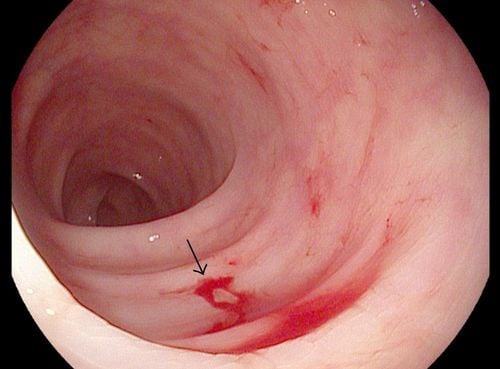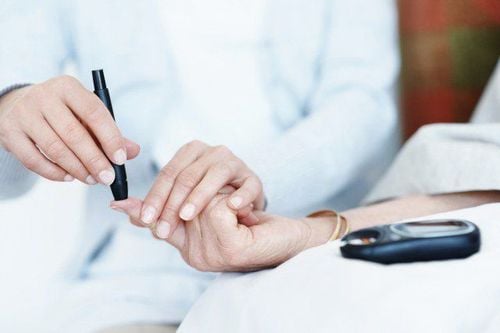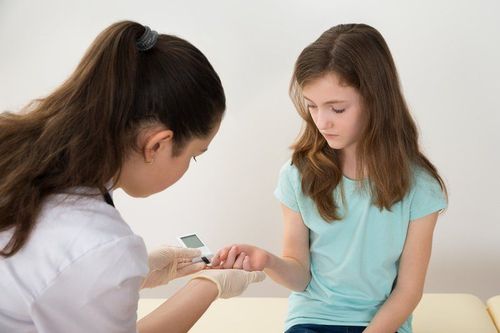This is an automatically translated article.
The article was professionally consulted by MSc Vu Tan Phuc - Gastroenterologist - Department of Medical Examination & Internal Medicine, Vinmec Phu Quoc International General Hospital. The doctor has nearly 10 years of experience in the field of gastroenterology with strengths in diagnostic and therapeutic Gastrointestinal Endoscopy.The pancreas is a glandular organ located in the abdomen near the liver and part of the small intestine. Although the pancreas is part of the digestive system, many people do not fully understand the pancreas and its role in the body and the potential dangers of an inflamed pancreas.
1. Structure of the pancreas
The pancreas is an organ 12-15cm long extending horizontally across the abdomen. The largest part is located on the right side of the abdomen where the stomach attaches to the first part of the small intestine, the duodenum.At this point, partially digested food passes from the stomach into the small intestine, and it mixes with secretions from the pancreas. The narrow part of the pancreas extends to the left side of the abdomen next to the spleen.
A duct runs the length of the pancreas, and is joined by several small branches from the glandular tissue. The end of this duct is connected to a similar tube that comes from the liver, which supplies bile to the duodenum.
About 95% of the pancreas is exocrine tissue. It produces pancreatic enzymes to aid in digestion. A healthy pancreas produces about 0.8 liters of these enzymes per day. The remaining 5% consists of hundreds of thousands of endocrine cells. These grape-like clusters of cells produce important hormones that regulate pancreatic secretion and blood sugar control.
2. Function of the pancreas
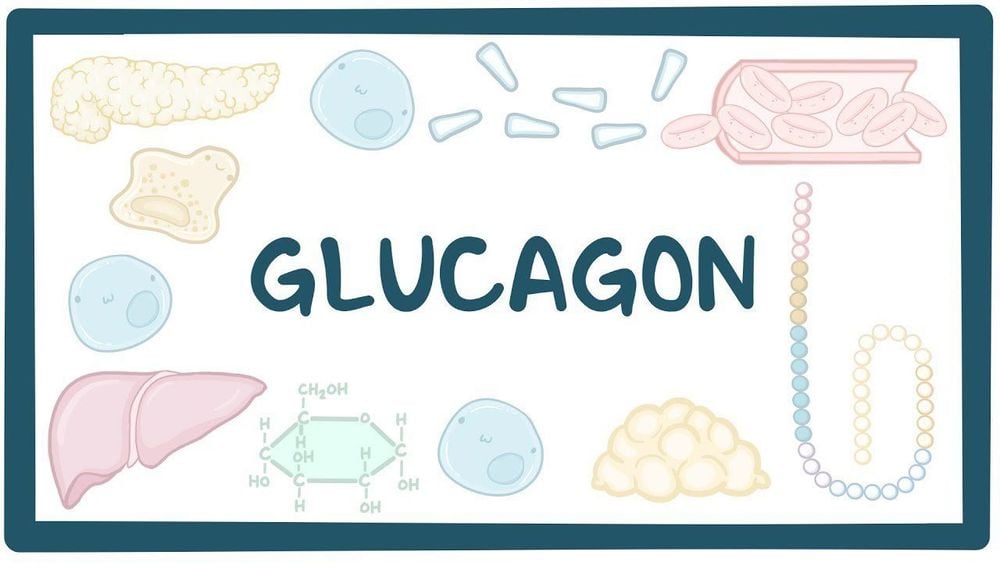
2.1 Endocrine system As part of the endocrine system, the pancreas secretes two main hormones that are important for regulating glucose levels (also called blood sugar):
Pancreas secretes insulin : This hormone to lower blood sugar when levels are too high. Glucagon: This hormone is used to raise blood sugar when levels are too low. Balanced blood glucose levels play an important role in the liver, kidneys, and even the brain. The correct secretion of these hormones is important for many organs in the body, such as the nervous system and the cardiovascular system.
2.2 Exocrine system As part of the exocrine system, the pancreas secretes enzymes that work in tandem with bile from the liver and gallbladder to help break down substances for proper digestion and absorption.
Enzymes produced by the pancreas for digestion include:
Lipase to digest fats Amylase to digest carbohydrates Chymotrypsin and trypsin to digest proteins The pancreas is also part of a larger digestive process that begins in the stomach Stomach:
The pancreas produces enzymes as soon as food reaches the stomach. These enzymes travel through a series of ducts until they reach the main pancreatic duct. The main pancreatic duct meets the common bile duct, which carries bile from the gallbladder and liver toward the duodenum. Bile from the gallbladder and enzymes from the pancreas are released into the duodenum to help digest fats, carbohydrates, and proteins so they can be absorbed by the digestive system.
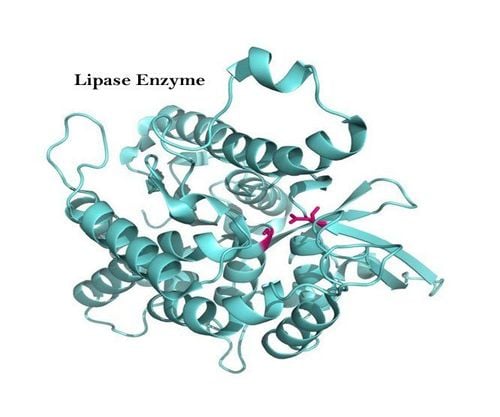
3. Some diseases related to the pancreas
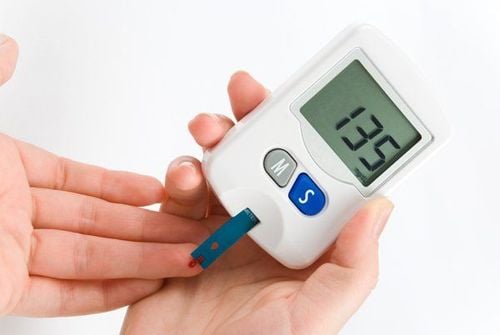
When you have diabetes, your pancreas does not produce enough insulin to maintain blood sugar levels. This can cause complications all over the body, including:
Feeling extremely thirsty Feeling exhausted for no apparent reason Losing weight without changing your diet or exercising Go Frequent urination Limited vision Tingling sensation in your hands and feet Swelling or sensitivity in your gums 3.2 Pancreatitis Pancreatitis is an acute or chronic inflammation of the pancreas. It can lead to secondary diabetes. Inflammation occurs when the main duct from the pancreas is blocked by gallstones or a tumor. Pancreatic fluid accumulates in the pancreas, causing damage to the pancreas.
Symptoms of acute pancreatitis include:
Severe abdominal pain, pain and swelling Nausea and vomiting Fever Muscle aches
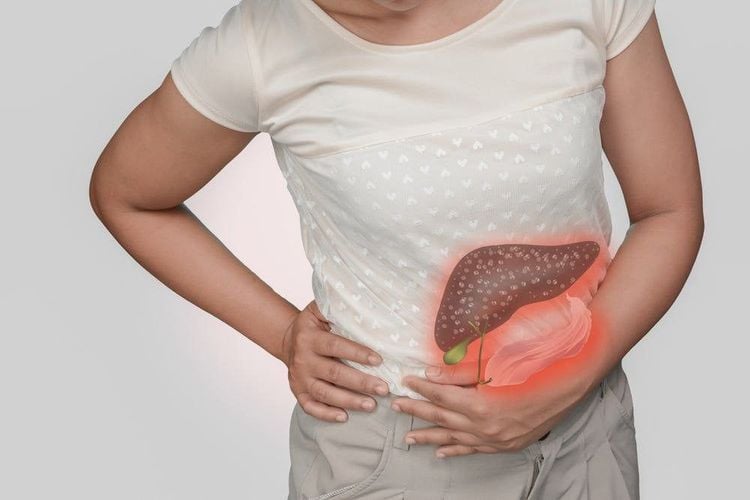
Chronic pancreatitis can develop if acute pancreatitis occurs repeatedly, resulting in permanent damage. The most common cause is alcohol abuse and it mainly affects middle-aged men. Symptoms include:
Persistent pain in the upper abdomen and back Weight loss Diarrhea Diarrhea Mild jaundice Hereditary pancreatitis can occur if there is an inherited problem in the pancreas or intestines. A person under the age of 30 can experience repeated acute pancreatitis, leading to a chronic condition. Patients may experience pain, diarrhea, malnutrition, or diabetes. Treatment is aimed at controlling pain to replace lost enzymes.
3.3 Pancreatic cancer Cancer can also occur in the pancreas. The exact cause is often unknown, but it is often related to smoking or heavy drinking.
Symptoms include:
Pain in the upper abdomen when the tumor pushes on the nerve Jaundice, yellowing of the skin and eyes, and dark urine because the cancer interferes with the bile ducts and liver Loss of appetite, nausea and vomiting Decreased appetite significant weight and weakness Pale or gray stools, and excess fat in the stool Symptoms may not appear until the cancer is in the late stages. By then, it is too late for successful treatment. Treatment usually includes surgery, chemotherapy, and radiation.
4. How to keep the pancreas healthy

4.1 Keep a diet low in fat Fats and cholesterol can contribute to the development of gallstones, which can lead to gallstones. to pancreatitis. Eat plenty of whole grains, fruits and vegetables, especially broccoli, cauliflower or cabbage. Avoid eating too many fried foods or high-fat dairy products.
4.2 Lose weight and stay fit Exercising regularly (20 to 30 minutes a day) and maintaining a healthy weight to prevent diabetes and gallstones can improve your overall physical health.
4.3 Don't Use Weight Loss Pills Your liver can build up a lot of fat when you take these drugs, increasing your risk of developing gallstones.

4.5 Don't smoke Any type of tobacco product can increase the risk of cancer throughout the body, including the pancreas. Between 20 and 30% of pancreatic cancer cases are linked to tobacco use.
Pancreatic cancer is difficult to detect in its early stages. If you are at higher risk, get regular cancer screenings to check for cancer every year before cancer cells increase and spread.
Please dial HOTLINE for more information or register for an appointment HERE. Download MyVinmec app to make appointments faster and to manage your bookings easily.





